The term “folk horror” evokes scenes from films such as The Blair Witch Project, The Wailing, and The Wicker Man — dark forests dotted with cairns and crudely made effigies, secret rooms concealing bone-strewn altars, and villages inhabited by peculiar people who either distrust newcomers to the point of outright hostility or act just a bit too welcoming, their lingering gazes and overly wide smiles portending sinister intentions. Some folk horror movies explore the idea that our local legends are true — that the gods, monsters, and magic of a given region pose a genuine threat to interlopers and heretics — while others use folklore to demonstrate the dreadful capacity of the human imagination, the depraved acts born of superstition and tradition, and the danger of collective consciousness within an isolated community. Although examples of folk horror aren’t as abundant in video games as they are in the cinematic realm, titles like Detention (Red Candle Games), Darkwood (Acid Wizard Studio), and Year Walk (Simogo) prove that interactive media can serve as an incredibly effective conduit for the subgenre.
In this interview, Shaun Aitcheson (Cloak and Dagger Games) and Ángel Poulain (Under the Bed Games) separately discuss folk horror with The Escapist as it relates to their work on The Excavation of Hob’s Barrow and Tales from Candleforth, respectively, recounting inspirations, research, and their approaches to designing quintessential folk horror settings for their games. Their answers are juxtaposed together below.
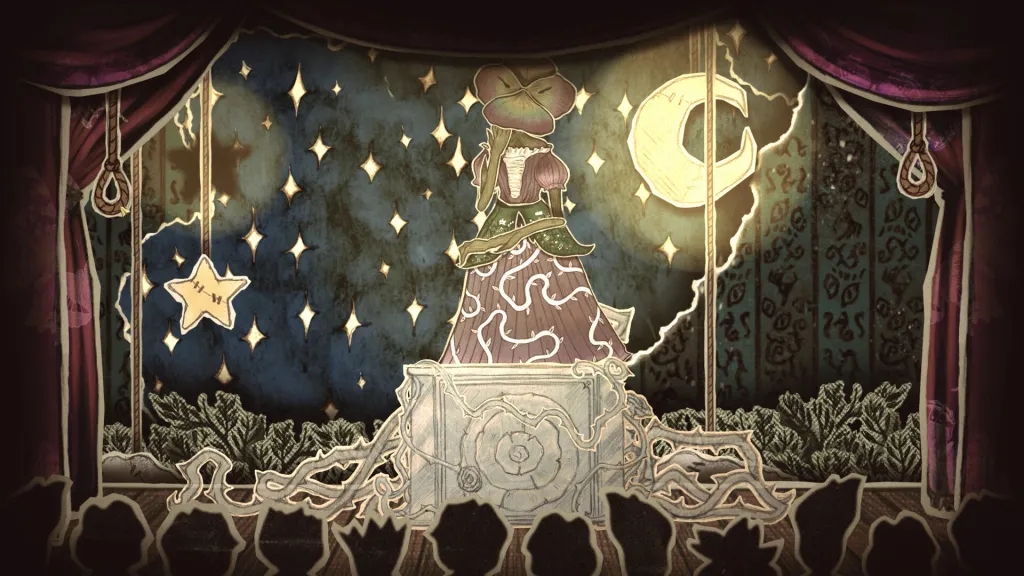
Tales from Candleforth
How do you personally define “folk horror”? What are some of your favorite examples of folk horror media?
Shaun Aitcheson: For me, what defines the Western notion of folk horror is the idea of the outsider transplanted into an isolated, often rural, setting. Here, locals will often believe in the “old ways” — folk horror uses superstition and folklore to create an atmosphere of fear and dread. Things often don’t end particularly well for the protagonists. Some great examples of this are the BBC Ghost Stories for Christmas TV adaptations of M. R. James’ stories — A Warning to the Curious and Whistle and I’ll Come to You being my personal favorites. Other British classics include the so-called “Unholy Trinity” of Witchfinder General, The Wicker Man, and The Blood on Satan’s Claw. All of the above are must-watches for fans of folk horror! More recent films like Kill List, The Witch, and Midsommar have carried on this tradition with great aplomb.
Ángel Poulain: I think folk horror is a very personal and human way to portray fear. It takes a deeper look into things that are very close to us and that we think we know, like nature or religion. It navigates the limits between fantasy and reality and leaves us wondering if, in the immensity of nature, any of these things it’s portraying could actually be real. I have many pieces of folk horror that I’d love to mention, but between some of them there is Hagazussa by Lukas Feigelfeld, The Wicker Man by Robin Hardy, Hereditary and Midsommar by Ari Aster, or The Witch by Robert Eggers.
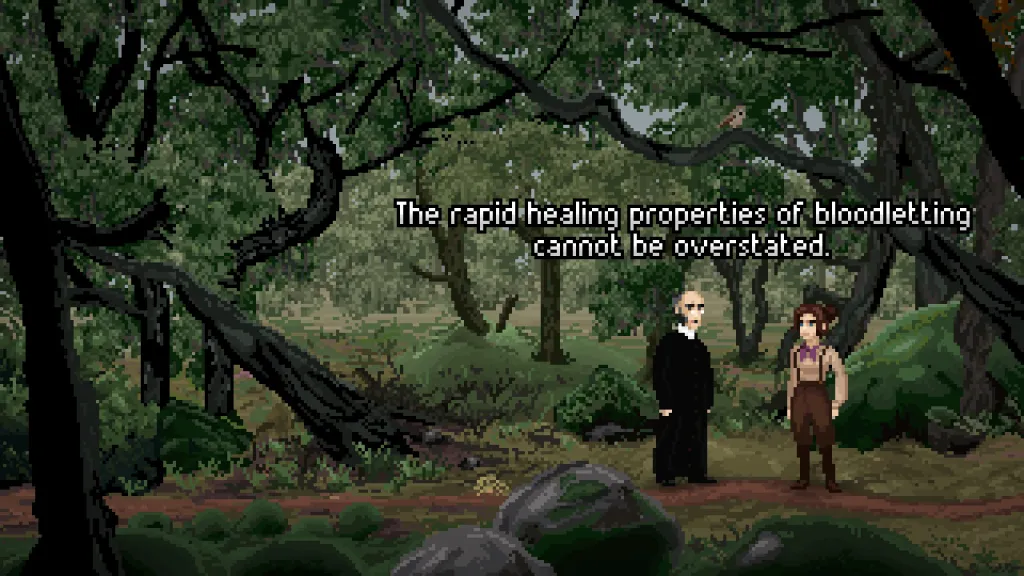
The Excavation of Hob’s Barrow
Was The Excavation of Hob’s Barrow / Tales from Candleforth inspired by any of the above examples? What made you decide to make a folk horror game in the first place?
Shaun Aitcheson: Absolutely. I’d long been a fan of the ghost stories of M. R. James and the “Unholy Trinity” of classic British folk horror movies. Then, we went to see Midsommar at the cinema, and I came out thinking, “Gee, maybe one day we should make a game like this!” Shortly afterward, a friend told me of their plans to go for a drive around Derbyshire, which included a visit to a site called Hob Hurst’s House, a barrow. In local folklore, a goblin lived in some woods near the barrow. I was quickly fascinated by this, and the ideas for the game started flowing. My friend never actually made it to the barrow, but the game was born! The Stone Tape by Nigel Kneale was also a big inspiration, with a sprinkling of Twin Peaks and H. P. Lovecraft for good measure.
Ángel Poulain: Of course. Our story drinks directly from these works, but there are some others that aren’t necessarily folk horror, although they inspire me a lot on how to treat horror and create the atmosphere, like Over the Garden Wall by Katie Krentz and Patrick McHale, Coraline by Neil Gaiman, and the classic Alice in Wonderland by Lewis Carroll. I’ve always been interested in horror; it’s my favorite genre and what fuels my creativity. I’ve always felt compelled by the atmosphere these works are able to create and how effective it can be when it’s well done. I think the cruelty of the genre is what drew me in. The sense of being a part of a war that’s already been lost, and you’re just part of an ungodly force in nature’s capricious game.
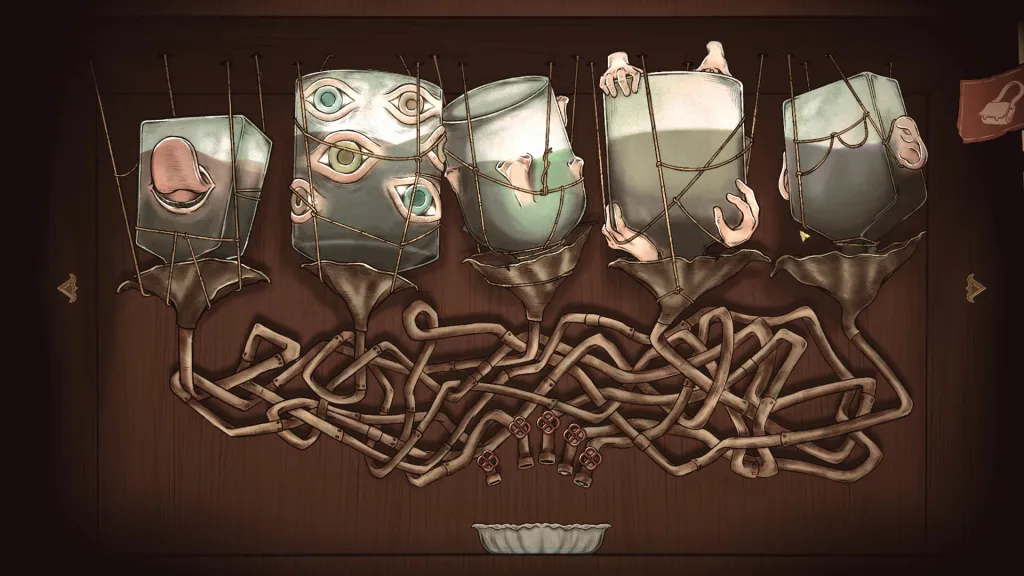
Tales from Candleforth
What are some ways you create an unsettling atmosphere in The Excavation of Hob’s Barrow / Tales from Candleforth, and how did you decide on your game’s setting?
Shaun Aitcheson: I really wanted Bewlay and the surrounding landscape — the woods, the moors — to have a true sense of place. I wanted the location to be a character in itself, with a sense that something dreadful “lies beneath the soil.” The notion that the very landscape itself is cursed. We kept things quite compact, which we hoped would allow us to also provide a sense of Thomasina (the game’s protagonist) being confined to this environment throughout the course of the game, even though in reality, it’s quite a vast expanse of moorland around the village. With the local train line down, she can’t leave…
The characters were also very important in creating an unsettling atmosphere. While most of them are not exactly welcoming, we also wanted to convey a sense of warmth and unexpected twists from some — we didn’t want to completely rely on the “there’s nothing around here for you, lass” stereotypes that are easy to fall into. John[ Inch’s] great work with the eerie closeup animations of the characters also worked wonders in further creating an unsettling atmosphere!
Ángel Poulain: The main weapons we have to do that are art and music. For the art, I went through thousands and thousands of pictures investigating rural scenes, countryside, the inside of apothecaries, old vintage houses, and an ungodly amount of light references to get the feeling and sensation we’re looking for. The light is what puts all the pieces together. Our composer, Matías Diehl, also makes a big effort when trying to figure out how a certain atmosphere sounds. Endless questions about references to other soundtracks, films, and even analyzing pop music production techniques to find out what makes them so compelling and trying to incorporate that into our soundtrack. We like to find other ways to think outside the video game soundtrack composition to see where he can take it.
The village of Candleforth is completely made up. It has its base in the popular Salem, of course, but we wanted to distance from it to create our own space. For the setting, I wanted a full “place from nowhere that serves as the epitome of a tremendous evil power” kind of vibe. The thought of a farmers’ village having the seed of evil rooting on its soils is pretty cool to me.
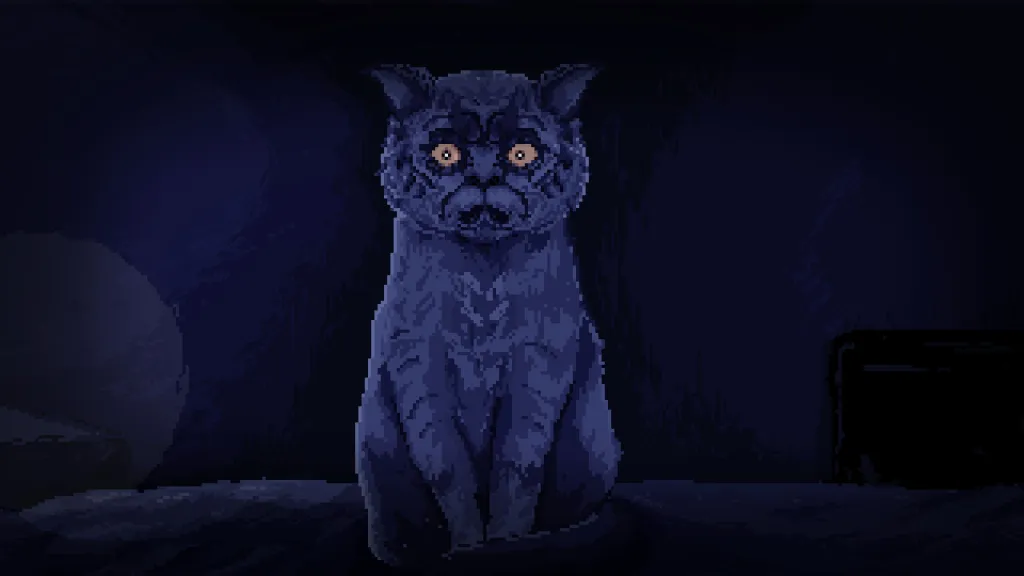
The Excavation of Hob’s Barrow
Did you learn anything interesting while researching folklore for your game?
Shaun Aitcheson: Certainly! The legend of the goblin living at Hob Hurst’s House was the tip of the iceberg. We tried to get as much folklore into the story as we could, provided it made sense in the context of the game world. I remember being fascinated by old stories about hellebore — the distinctive pink flower that plays a part in the later stages of the game. In folklore, hellebore was noted as being used to call forth demons and curse enemies, food, and fields.
Ángel Poulain: The thing that impacted me the most while researching folk horror was the importance of nature in all of it. How almost every topic went back to the relation humans have with nature, how powerful it is, and how dangerous it is to abuse its power. Also, getting to know about rituals, about how different cultures interpret written knowledge and adapt it to their needs and to their own deities is very interesting. And last but not least, I’ve found out about the creatures and demons from books like The Lesser Key of Solomon / Goetia, which I fell in love with. Seeing the symbols and sigils definitely inspired me a lot to create stuff for our game.
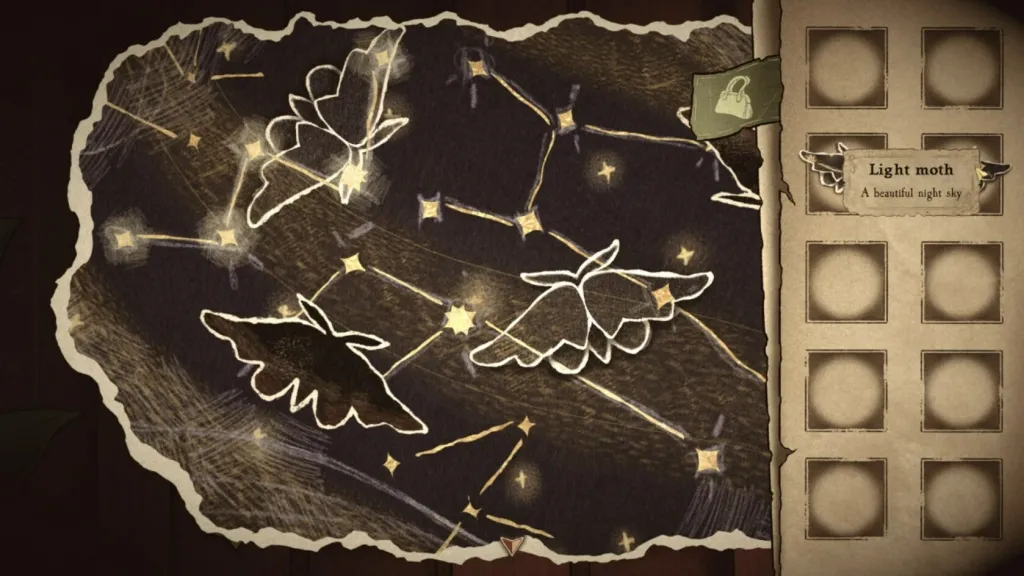
Tales from Candleforth
If The Excavation of Hob’s Barrow was adapted into a film, who would you want to direct it? Who would you cast as some of the main characters?
Shaun Aitcheson: I do have a dream that one day the story gets adapted in an A24-style film directed by someone like Robert Eggers. I also think it would work well as a continuation of The Haunting series, following on from The Haunting of Hill House and The Haunting of Bly Manor, or the more recent Midnight Mass. If anybody out there knows Mike Flanagan, please give me his number! When we were writing the game, I often imagined the actress Felicity Jones playing the role of Thomasina. We’d also have to get the national treasure that is Reece Shearsmith in there somewhere! Perhaps as Arthur Tillett.
Is there anything else you’d like to mention about the development process for Tales from Candleforth?
Ángel Poulain: I’d like to highlight the importance of references in our work. As a creator, I play a lot of video games, and I watch a lot of TV shows and horror movies because I believe that’s the best and most efficient way to learn. To nurture your mind and see how other creators are processing the world that surrounds us is amazing and probably the most valuable thing. Something funny is how, now that we’re deeply into development and the story is written, I find similarities to some things we’re talking about, or some iconography or symbology in common with other creators’ work, and that’s the magic of it. Our writer, Chema, always tells me that at the end, we all drink from the same referents; we just process them in a different way, and it’s magical to see how we reach the same destination but having traveled completely different paths and thoughts.

The Excavation of Hob’s Barrow
The Excavation of Hob’s Barrow is currently available on PC via Steam and GOG and Nintendo Switch. A demo for Tales from Candleforth is currently featured in Steam Next Fest, and the full game is set to be released in Q4 2023 on PC, mobile, and Nintendo Switch.

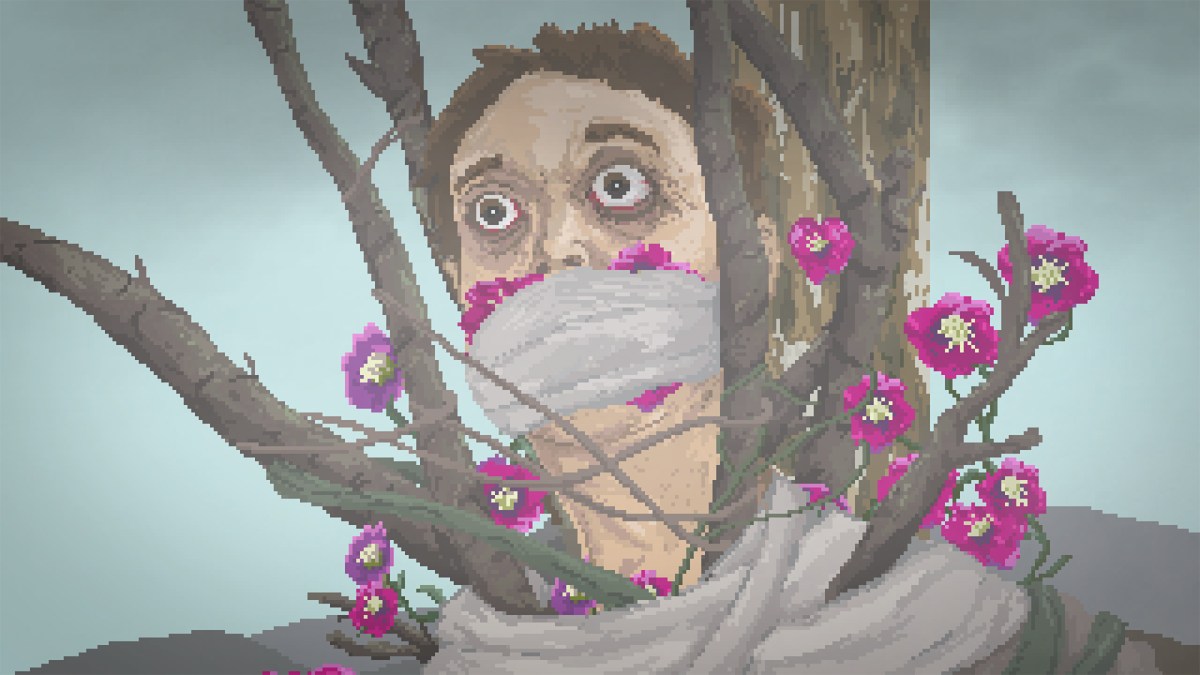
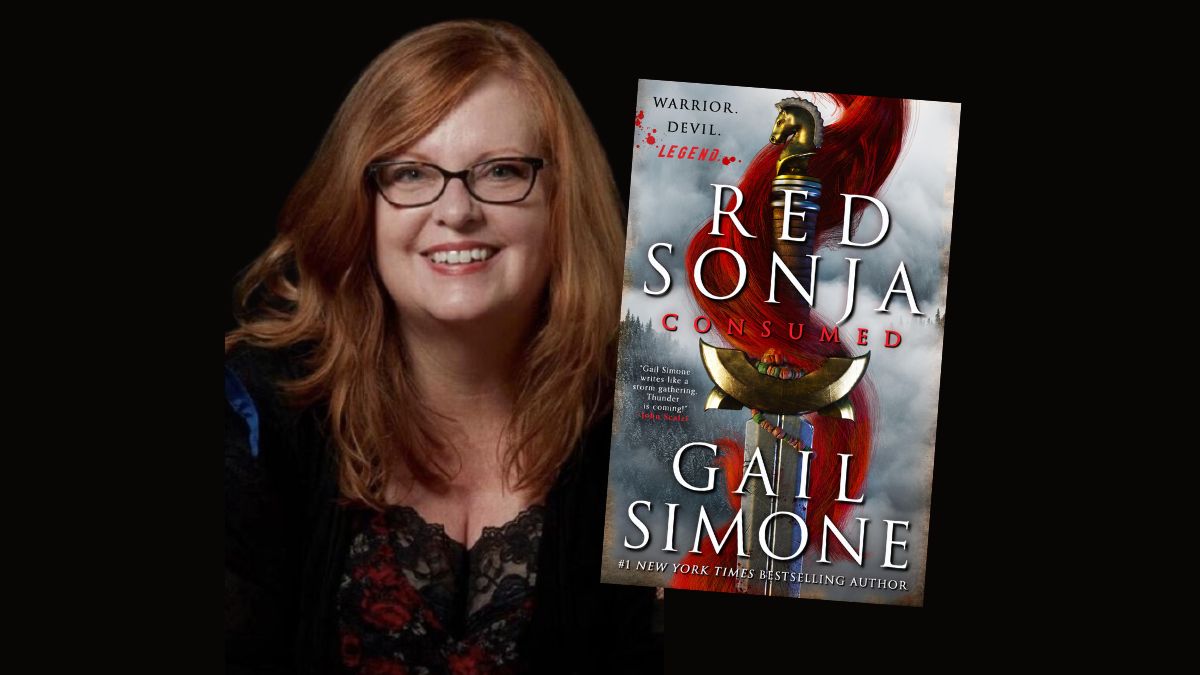
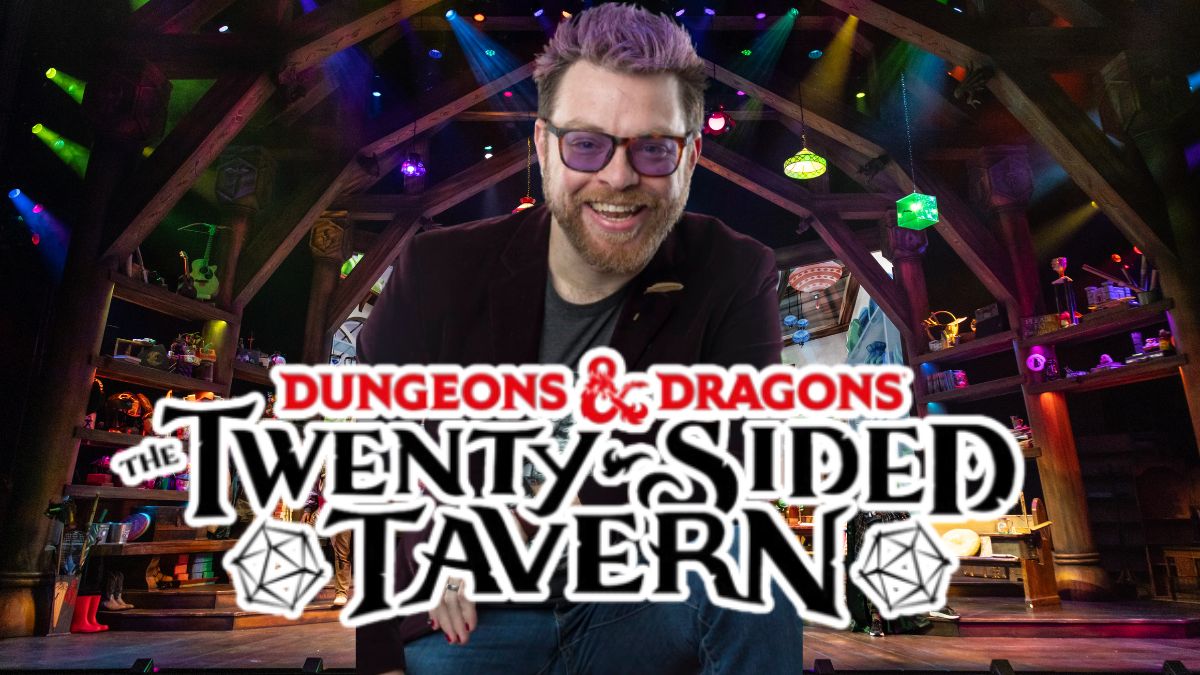

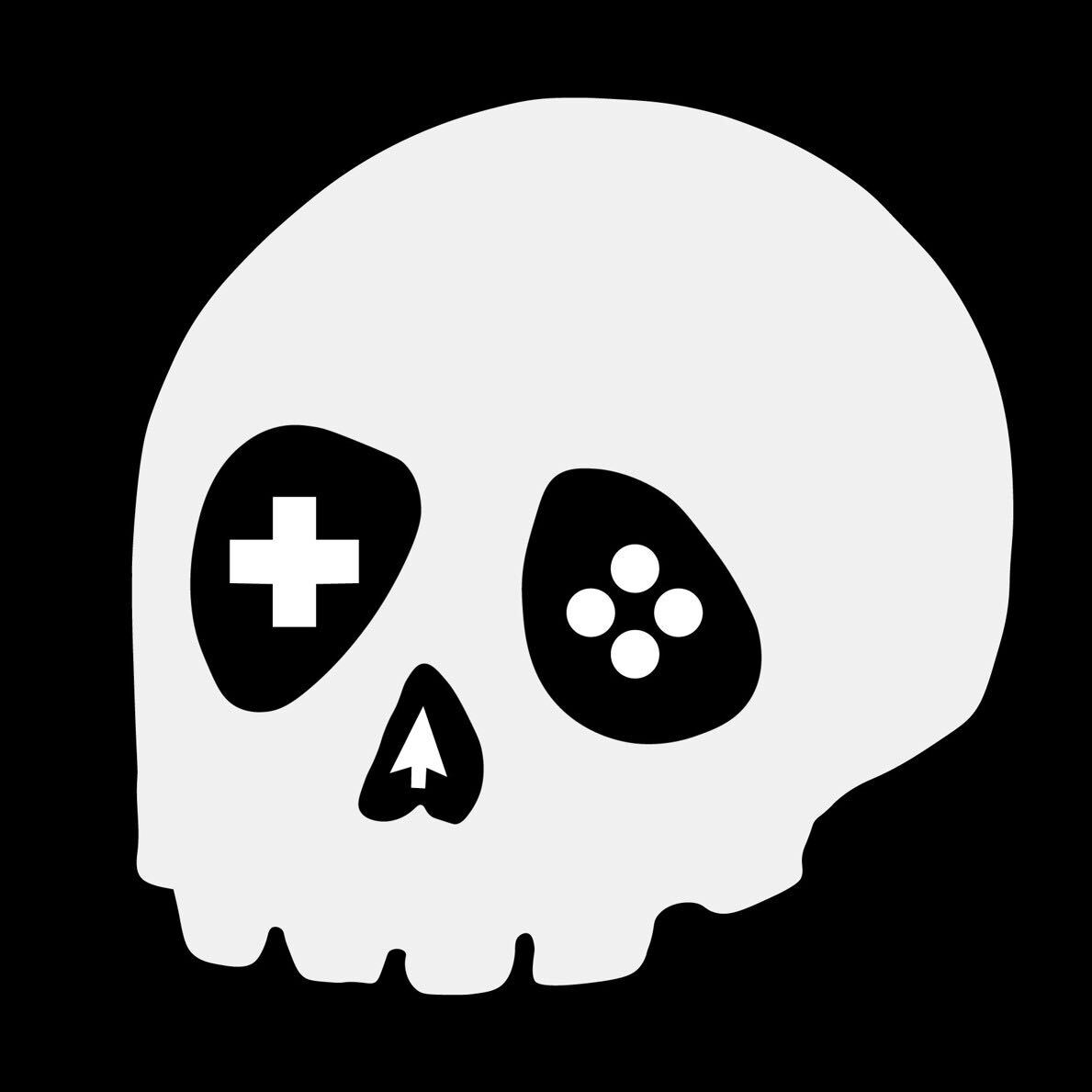
Published: Jun 20, 2023 05:54 pm